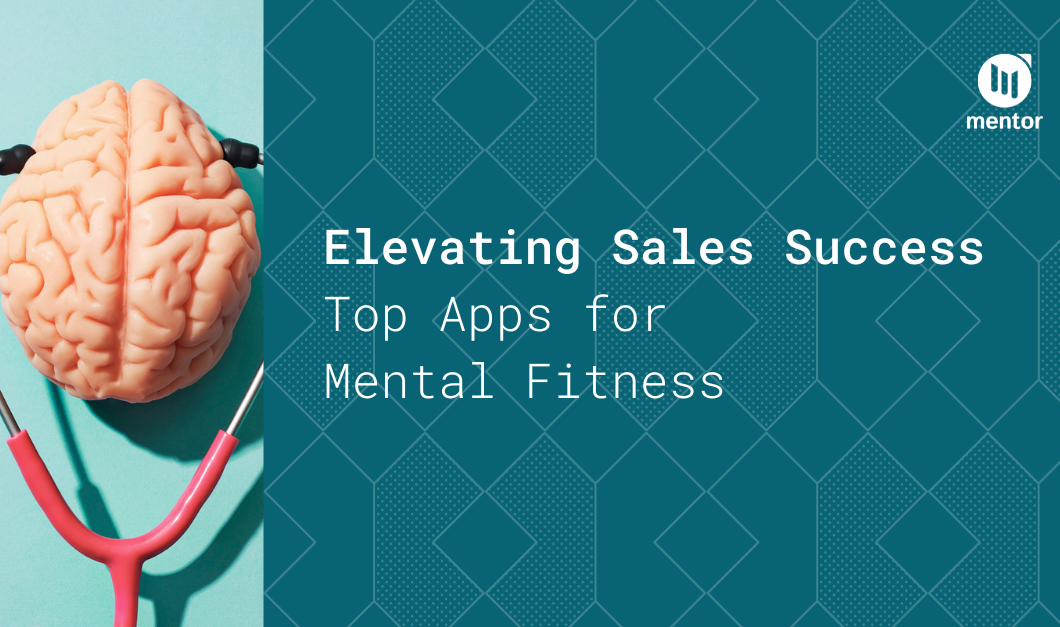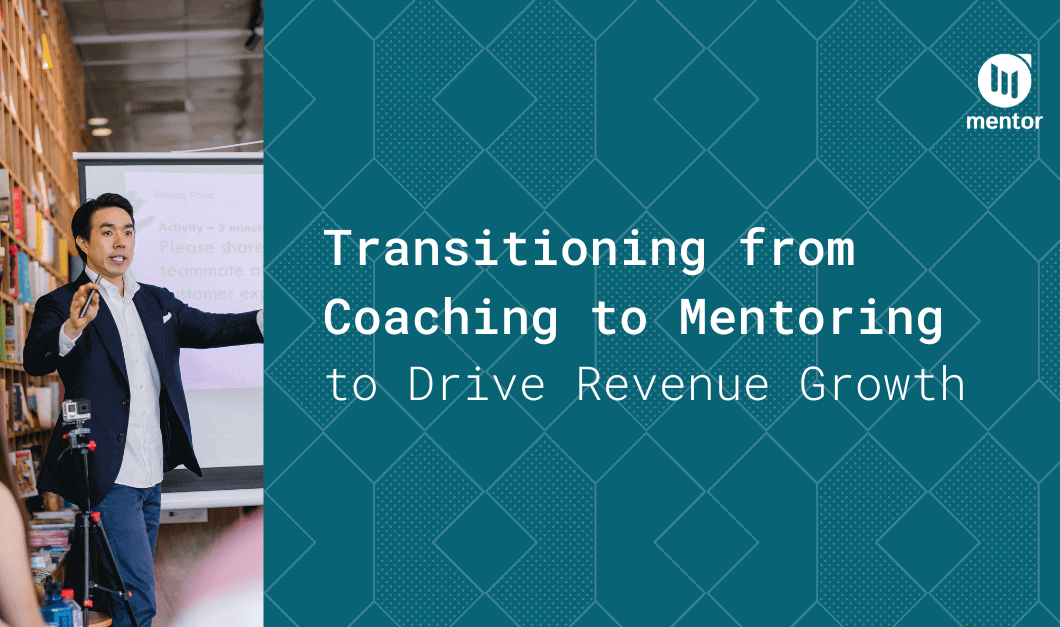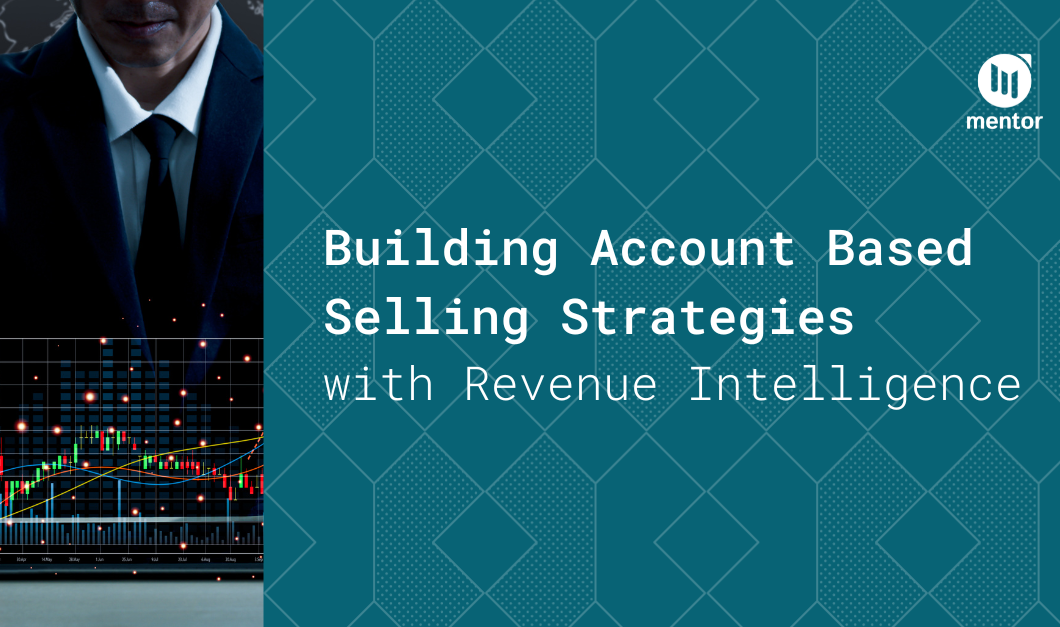Instructor-Led Training (ILTs) are on the decline. This is not just a COVID thing; they have been on the decline for a few years now as people are moving to digital learning. This idea of digital learning can be broadly categorised into three types:
- Self-service videos or animations (hello Learning Experience Platforms)
- Computer-Based Training (point and click)
- Virtual Instructor Lead Training or VILT
Given the title of this blog, it’s not going to come as a surprise that I am not going to look to discuss the first two, but instead focus on the last one; VILTs.
I developed my first VILT about 4 years ago, and as it was done in a little bit of a hurry, the practice then was to take an existing successful VILT and then break it down into a series of shorter 90-minute sessions, broadly based around when I would normally give breaks as an instructor.
Simple, right?
To be fair, it worked out ok. But I also learnt A LOT!
The problem is that the experience of a VILT is hugely different to a face to face session; not just for the people being trained, but also for the trainer. This realisation came with a host of important lessons.
7 Tips for Effective Virtual Training
- Keep them short. – Effective VILTs get the best results when they are 45 to 50 minutes long. You can go to 90 minutes, but from personal experience you notice the energy drop very clearly after 45 minutes
- Reduce the reading. – This should be best practice for ILTs too, but slides need to be highly visual with no more than 3 bullet points on each. Another thing: don’t just read the slides. We have all been there where the facilitator is simply reading the slides that you can also read. This is not training… you need to engage with them through what you have to SAY and not what they can read
- Change it up, change it often. – The energy in a virtual session is very different and the audience can’t pull energy from one another or the facilitator. You need to ensure we are engaging them by changing the content, delivery style or activity frequently. When I say frequently, I mean every 4 to 5 minutes – frequently indeed
- Know the tools. – Whether you are using Zoom, Adobe, WebEx or another platform, you need to be an expert in its use. There is nothing worse than being involved in a session where the facilitator is faffing about trying to get something to work and the audience is just staring at you. Learn and then practice… your content is not going to be good enough to carry off poor execution
- Manage the audience. – Probably the trickiest skill is learning to manage the audience seamlessly whilst delivering content. It takes time and there are some tricks to this, but…
- Get a co-host. – If you are running a session with more than 20 people, don’t try to manage them yourself. Get a co-host whose job is to manage the audience. I’ve been doing this a while and consider myself pretty good at managing a virtual audience, but beyond 20 it’s like herding cats and you spend more time muting noisy people than delivering value
- Stand the heck up! – This is my last one but so hugely important. You would never consider delivering a face to face sitting down, so how is it acceptable to do it in an environment where engagement is even more essential to success? The change in energy and quality is tangible between those that stand and those that sit. Please, for the sake of the audience, STAND UP!
I may have an issue with the last point but it’s a point on professionalism and I know the difference it makes.
Mentor Group have been building VILTS for some of the most successful sales teams around the globe and they are, when executed well, a hugely valuable part of any enablement strategy. With a library of over 50 programs, the results have been tangible and continue to be highly effective with all of our clients… even those who were initially sceptical.
If you are interested in learning more about what we can offer to enable your teams, or would like to spend 30 minutes with me ranting about why standing up is so important, please do drop us a line. I am an expert at ranting… and have one or two more tips on virtual sessions.








